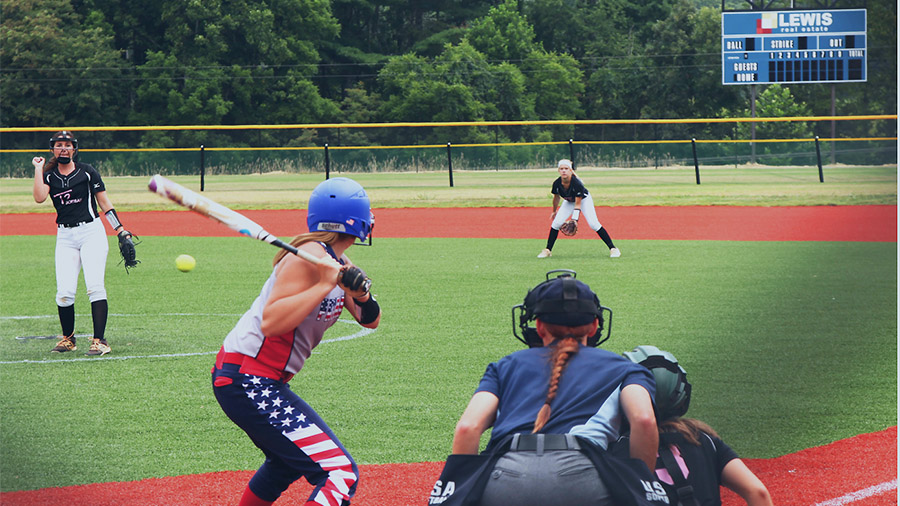The COVID-19 pandemic hit as baseball participation was on the upswing, according to research conducted by the National Sporting Goods Association (NSGA). Initial data to NSGA from 2020 shows overall participation at 11.7 million, which was a 4.5 percent decline from nearly 12.3 million in 2019.
Overall baseball participation increased 4 percent between 2015 and 2019. During that time, the sport saw slight year-over-year increases in three of those four years. While the increases were small, they followed decreases in participation in most years since 2004, which resulted in a net loss of 4.5 million participants during that stretch (2004-2015).
Participation from 2015 to 2019 in the all-important group ages 7-to-17-year-old was down 2 percent, meaning that the growth in overall participation in recent years had been driven by adult participation.
Looking at frequency, the number of frequent participants, defined for baseball as those who participated in the sport 50 or more days during the given year, increased slightly, 2 percent, from 2015 to 2019. This was positive because those who participate more are also more likely to purchase new equipment, footwear and apparel as current products wear out or more technologically advanced ones are developed.
Occasional participants, defined as those who participated in baseball between 10-to-49 days during a given year, are also important because they too generally play often enough to need equipment, footwear and apparel. From 2015 to 2019, however, the number of occasional baseball participants decreased 8 percent. It is possible some players who fell out of the occasional participation category moved to play infrequently or quit completely.
Infrequent participants who play two to nine days during a given year increased 20 percent between 2015 and 2019. But the decrease in occasional participants suggests that the newcomers to the sport, and those who played regularly, are not transitioning to more regular play.
NSGA sad one potential hurdle to getting more people to play baseball on a regular basis could be the cost associated with participating. From 2015 to 2019, the number of participants from households with annual incomes of more than $100,000 increased 23 percent. Additionally, these higher-level income households accounted for 39 percent of baseball participation in 2019, up from 33 percent in 2015. Sustained growth will be difficult to achieve if baseball continues to rely on higher-income households for participants.
The 2020 decline is predictable with the amount of team sports cancellations in the U.S. last spring because of COVID-19 and the uncertainty of playing in the summer. However, it is encouraging that Major League Baseball is playing again and expecting to start its season on time and to see college, high school, travel, and youth programs either back at play or getting ready to return. This should help the industry start working to bring back participants who lost opportunities to play baseball during the pandemic.
NSGA’s official participation data in 2020 for baseball and more than 55 other sports and activities will be released in the coming months.
Photo courtesy Bob Lewis Ballpark, Asheville, NC













